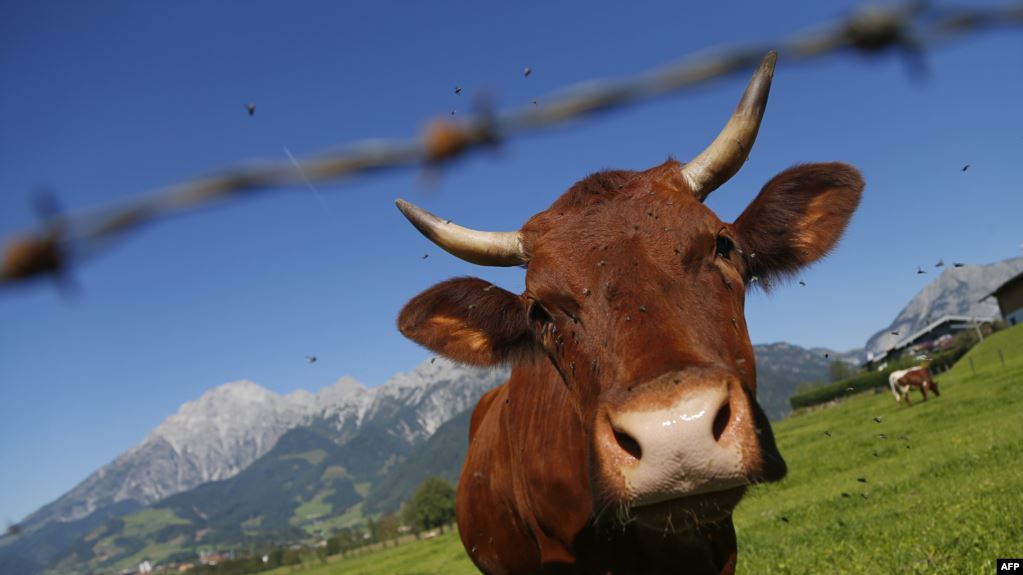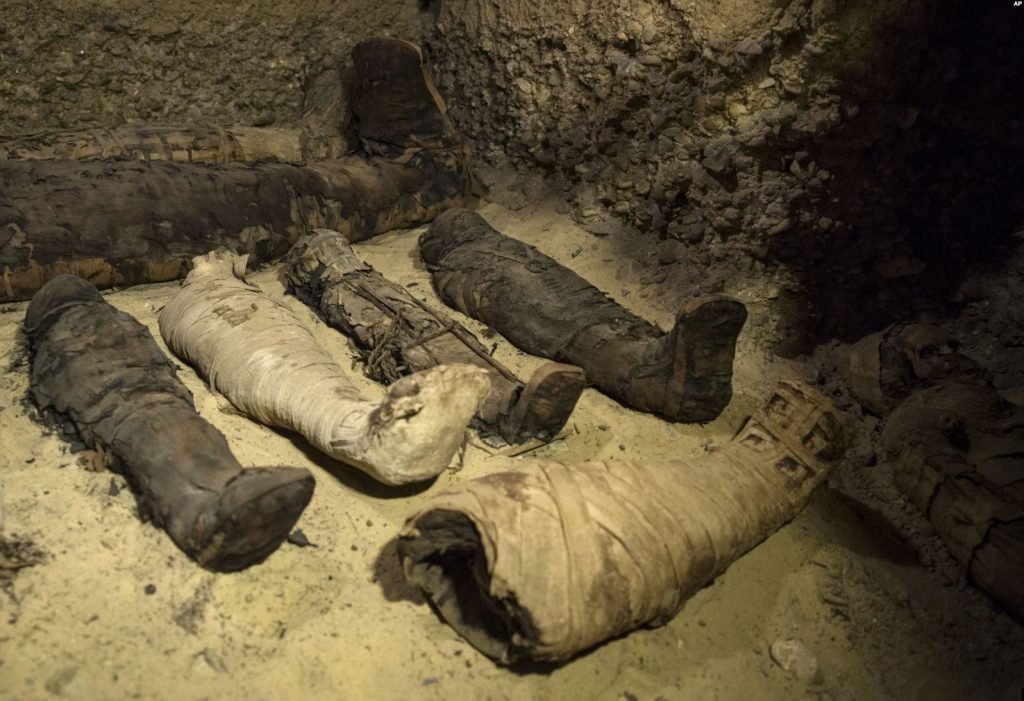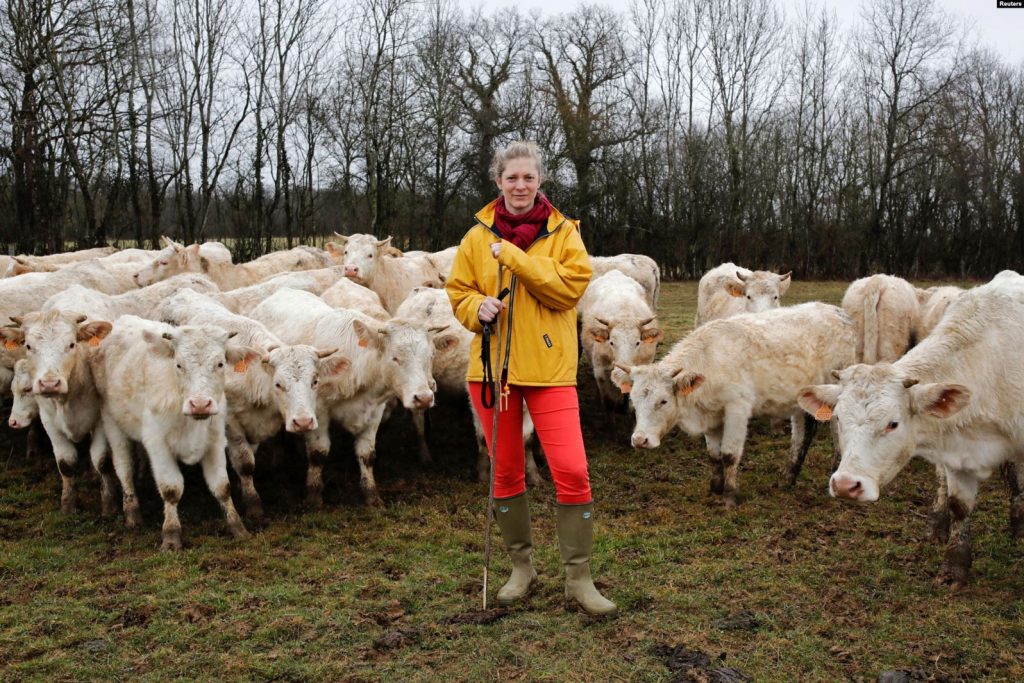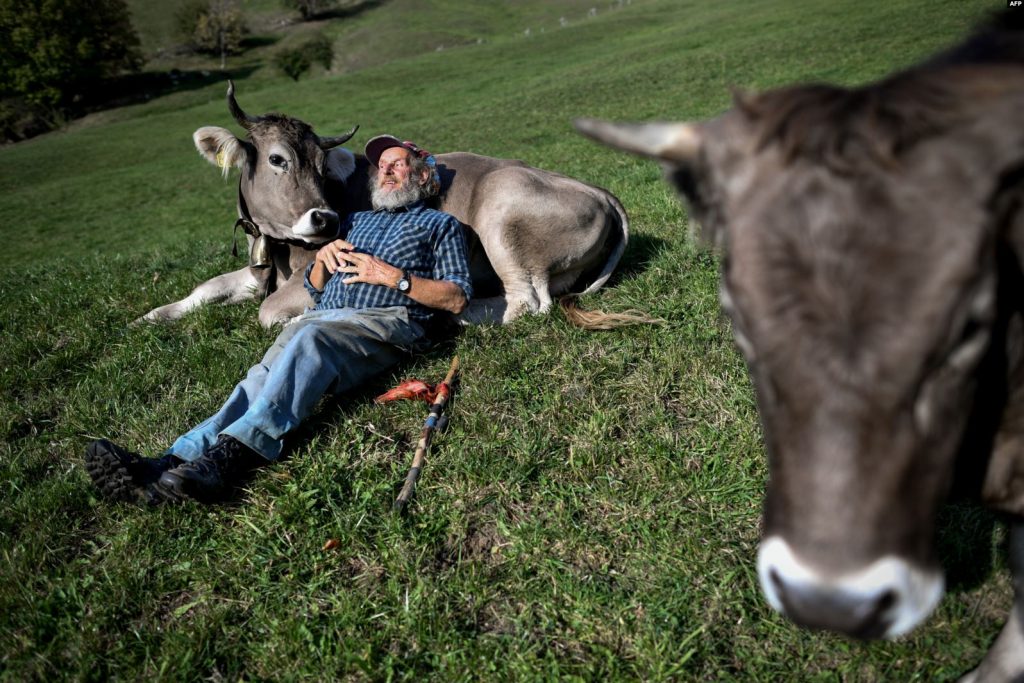پادکست VOA: اصطلاحات انگلیسی – تاریخچه واکسن
سلام با بیست و چهارمین قسمت از مجموعه “Words and Their Stories” (کلمات و داستان آن ها) از سری پادکستهای VOA در خدمت شما هستیم. این مجموعه پادکست به توضیح اصطلاحات رایج زبان انگلیسی، داستان ایجاد شدنشون و نحوه استفاده از آن ها در مکالمه می پردازه. در این قسمت از پادکست VOA: اصطلاحات انگلیسی – تاریخچه واکسن قراره با ریشه کلمه vaccine آشنا بشی. در کنارش چندین اصطلاح و کلمه ی جالب و کاربردی دیگه هم یاد میگیری که لیست این کلمه ها به همراه معنی اون ها در پایان مطلب قرار گرفته.
کلمه ی “vaccine” (واکسن) از کلمه ی cowpox به معنی آبله گاوی گرفته شده. این بیماری بین گاوها شیوع پیدا میکنه اما می تونه از طریق خراش یا بریدگی به انسان هم منتقل بشه.
VOA – Words and Their Stories – 24: We Can Thank Cows for Vaccine

متن انگلیسی پادکست VOA: اصطلاحات انگلیسی – تاریخچه واکسن :
And now, Words and Their Stories, from VOA Learning English.
The spread of dangerous diseases around the world is not new.
As trade and colonization expanded worldwide over hundreds of years, so did some dangerous diseases. And smallpox was one of the worst of them.
Happily, smallpox has been eradicated, meaning it does not exist in nature anymore. The story of how smallpox was defeated is closely linked to the English word, “vaccine.”
However, before modern science made that happen, humans had suffered from the disease for a very long time. Researchers even found a 3,000 year old Egyptian mummy with smallpox scars.

Smallpox was a severe and deadly disease. The Centers for Disease Control and Prevention describes smallpox as devastating. “On average, three out of every 10 people who got it died. Those who survived were usually left with scars, which were sometimes severe.”
By the 18th century, smallpox was still infecting and killing people around the world. But in England, there were some interesting stories going around about milkmaids.
Milkmaids were women who milked cows. They were known to get a mild disease called cowpox. And the scientific term for cowpox is at the heart of our story about the English word, “vaccine.”

Cowpox is a disease that affects cows but can spread to humans through a scratch or cut. Cowpox would often cause a few sores, but it is not serious. Smallpox, however, can leave terrible scars at the very least and cause death at the very worst. But milkmaids did not seem to get the damaging disease.
A British doctor named Edward Jenner (1749-1823) wanted to find out if the stories were true. So, he did an experiment on his gardener’s son, nine-year-old James Phipps. Jenner took material from a milkmaid’s cowpox sore and injected it into the child.
The nine year old, predictably, got cowpox. But, months later when Jenner exposed Phipps to smallpox, the child never became infected.
Jenner performed this experiment on more people before publishing his findings, calling them: “An Inquiry into the Causes and Effects of Variolae Vaccinae.”
The Latin term “variolae vaccinae” means something like ‘pustules from a cow.’ A pustule is a small bump on the skin that contains or produces infected fluid or pus.
And, let’s face it, pustule – whether in Latin or not – is a bit gross. So, it is the word “vaccine,” based on the Latin word for cow – vaca – that stuck.

In time, vaccines became known as the substances that give immunity from other diseases as well.
And that is the story of the English word, vaccine …
… which brings us to the end this Words and Their Stories.
Until next time … I’m Anna Matteo.
Historical events related to smallpox from the Centers for Disease Control and Prevention
6th Century – Increased trade with China and Korea introduces smallpox into Japan.
7th Century – Arab expansion spreads smallpox into northern Africa, Spain, and Portugal.
11th Century – Crusades further spread smallpox in Europe.
15th Century – Portuguese occupation introduces smallpox into part of western Africa.
16th Century – European colonization and the African slave trade import smallpox into the Caribbean and Central and South America.
17th Century – European colonization imports smallpox into North America.
18th Century – Exploration by Great Britain introduces smallpox into Australia.
لیست واژگان این پادکست
devastating (ویرانگر) – adj. causing great damage or harm
scar (جای زخم) – n. a mark remaining (as on the skin) after injured tissue has healed
sore (زخم) – n. a sore or painful spot on the body usually with the skin broken or bruised and often with infection
expose (در معرض گذاشتن) – v. to cause (someone) to experience something or to be influenced or affected by something
pus (چرک) – n. a thick, yellowish substance that is produced when a part of the body or a wound becomes infected
immunity (مصونیت) – n. the power to keep yourself from being affected by a disease
Anna Matteo wrote this story for VOA Learning English. Mario Ritter was the editor.
امیدوارم از پادکست VOA: اصطلاحات انگلیسی – تاریخچه واکسن لذت برده باشید. برای دسترسی به قسمت های دیگر این پادکست می توانید از صفحه ی پادکست VOA – اصطلاحات انگلیسی آکادمی مجازی آموزش زبان ۲۴talk دیدن کنید.
همچنین برای گوش دادن به پادکست های سطح بندی شده British Council می توانید به صفحه ی پادکست British Council آکادمی مجازی آموزش زبان ۲۴talk یا برای گوش دادن به پادکست های BBC به صفحه ی پادکست ۶ دقیقه انگلیسی (BBC) آکادمی مجازی آموزش زبان ۲۴talk مراجعه کنید.
گوش دادن به پادکست روش خوبی برای تقویت مهارت شنیداری و هم چنین یادگرفتن کلمات در بستر یک موضوع خاصه که این به تقویت مهارت مکالمه انگلیسی نیز کمک زیادی می کنه.
اگه دنبال این هستی که مهارت های مکالمه زبان انگلیسیت رو بیشتر از این تقویت کنی بهت پیشنهاد میکنم در دورهی مکالمه زبان انگلیسی آکادمی مجازی آموزش زبان انگلیسی ۲۴talk شرکت کنی که با یه برنامه منسجم و خلاقانه کمک میکنه در زمان کوتاه بتونی به راحتی و روانی انگلیسی صحبت کنی.







